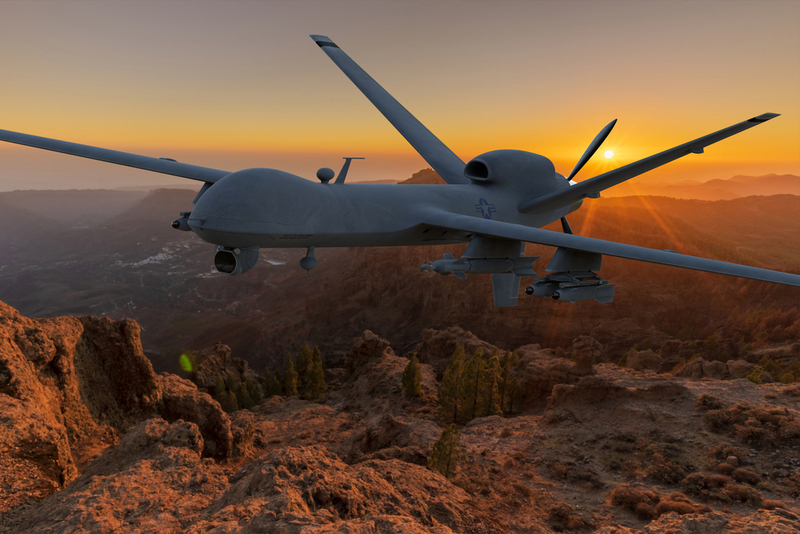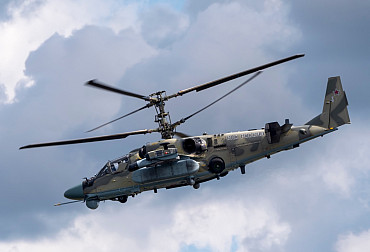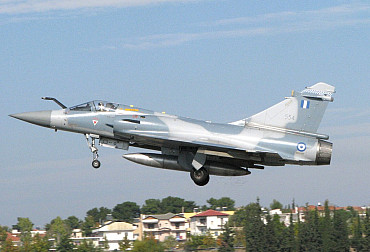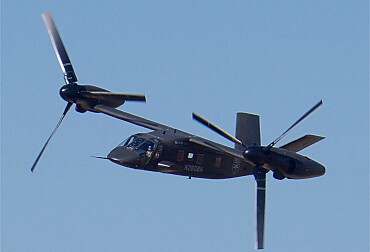Houthi rebels escalate conflict with downing of US MQ-9 Reaper drone
On a recent Thursday, Yemen's Houthi rebels claimed responsibility for shooting down a US MQ-9 Reaper drone over Saada province, a stronghold of their control. The rebels broadcast footage showing wreckage they identified as parts of the downed drone, including segments bearing the logo of General Atomics, the manufacturer. The footage also purportedly captured the missile launch and subsequent destruction of the drone.

Statements from both sides
The US Air Force, through Lt. Col. Bryon J. McGarry, confirmed that an MQ-9 had indeed crashed in Yemen, stating that an investigation was in progress but details remained scarce. The Houthis, meanwhile, framed the attack within their broader narrative of resistance, emphasized by their incendiary slogan recited in the footage.
Strategic implications
The MQ-9 Reaper is a significant asset in the US military's unmanned aerial vehicle fleet, capable of high-altitude, long-endurance operations. Each unit costs approximately $30 million. This incident marks at least the fifth drone loss to Houthi actions since 2017, reflecting both the capabilities and the resolve of the rebels.
Regional tensions and impact
This drone downing is part of a broader escalation in regional hostilities. The Houthis have intensified their maritime attacks amid the ongoing conflict between Israel and Hamas in Gaza, which has drawn regional and international attention. Their actions include over 50 attacks on shipping routes in the Red Sea and Gulf of Aden, a critical corridor for international maritime traffic. These disruptions come as the Houthis demand an end to the Israel-Hamas conflict, which has resulted in significant casualties.
US and coalition response
The increase in Houthi aggression has been met with a ramped-up airstrike campaign by the US and its allies, targeting Houthi positions in Yemen. The campaign appears aimed at depleting the rebels' arsenal, which had been significantly used up due to continuous drone and missile launches over recent months. Despite this, the Houthis have managed to continue their attacks, demonstrating both a stockpile resilience and a strategic timing in stepping up their offensive activities.
Conclusion
The downing of the US drone by Houthi rebels underlines the complex and volatile nature of the Yemen conflict, which involves multiple regional and international stakeholders. This incident not only raises questions about the security of unmanned aerial assets but also about the broader implications for regional security and the ongoing humanitarian crisis in Yemen. As the US and Houthi rebels continue to engage in this high-stakes confrontation, the international community remains watchful for the broader impact on global security and the stability of the Middle East.







